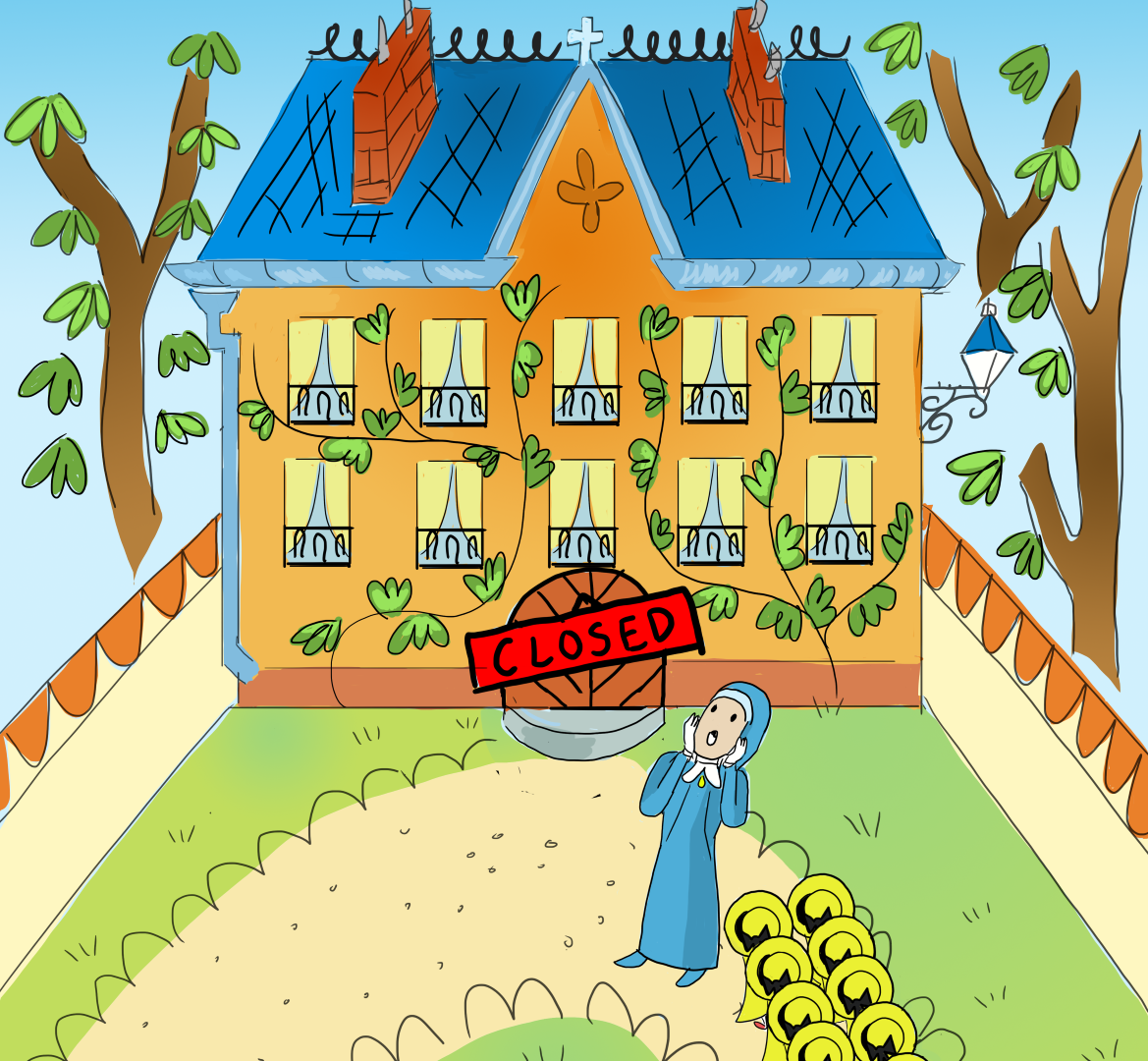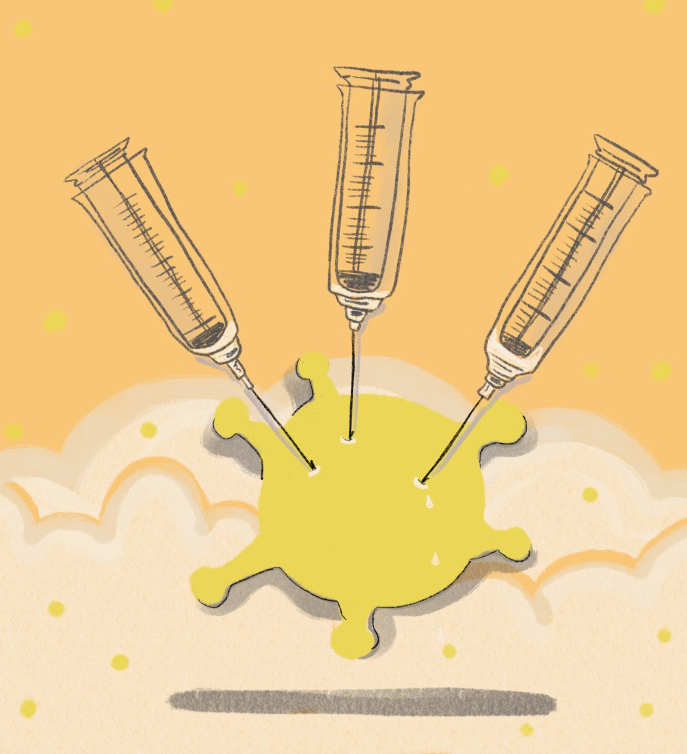
Got inoculation on the mind?
By Jessica Berget, Assistant Editor
8 out of 10 Canadians said they would line up to get the vaccine, but only about 50 percent said they feel safe taking it.
Vaccines have been an even hotter button issue than usual lately. With the quick development of COVID-19 vaccines and people’s willingness or hesitations towards these vaccines, this topic is at the forefront of the mind for most of the population.
The first batch of COVID-19 vaccines came to Canada at the beginning of the new year, and the first round of vaccinations being are administered to health care workers, long term care home health workers, adults in Indigenous communities, and those that are 70 years of age or older. Vaccines continue to be brought into BC and are free for whomever eligible, but certain groups (such as health care workers and hospital patients) are given first preference, and the BC government is hoping to add more groups to that priority list. The latest update shows that 62,294 people in BC have taken the vaccine so far, and with more doses coming to BC within the next month, this number is expected to grow considerably.
WHAT IS A VACCINE AND HOW DOES IT WORK?
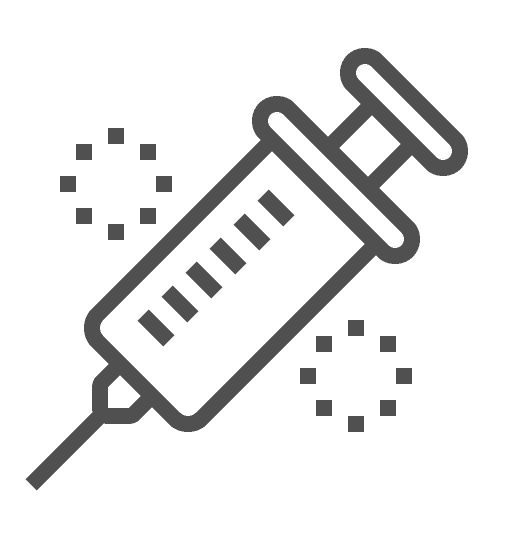
A vaccine prepares the body for potential exposure to a disease by stimulating the immune system into producing disease-killing antibodies. Vaccines are often made with part of the disease they are attempting to thwart. This method allows the body’s immune system to experience a sort of “simulated” version of the infection that very rarely causes illness, but it does make the body create T-lymphocytes and antibodies—which are essential reusable tools the body employs if it encounters the disease again.
There are five types of vaccines: attenuated, inactivated, toxoid, subunit, and conjugate. Attenuated vaccines work by exposing the body to a live (but greatly weakened) version of the disease—and considering such, it makes sense that these vaccines are not recommended for immunocompromised people. Inactivated vaccines are made by killing a germ; these vaccines are not as strong as the attenuated version however, so several shots over an extended period are likely necessary. Toxoid vaccines concern the specific types of bacteria that use toxins to create disease. These vaccines contain greatly weakened toxins (called toxoids). Subunit vaccines are true to their name; these vaccines only contain distinct parts of a virus and they are better for those with compromised immune systems as side effects are less common. Conjugate vaccines are made to counteract bacteria that have antigens with a protective polysaccharide coating that makes them hard to recognize and fight for young children’s immune systems. This vaccine makes the antigens easy to target and destroy. For the COVID-19 vaccines there are three types: mRNA, protein subunit, and vector vaccines which work in similar ways as the ones listed above.
Vaccines save millions of lives each year from preventable diseases. For instance, the flu shot reduces the risk of flu illnesses by 40 to 60 percent according to the CDC. Measles shots have also saved an estimated 23.2 million lives globally between 2000 and 2018; the illness that greatly affects children declined 73 percent in that period. Furthermore, according to the Children’s Hospital of Philadelphia, it is estimated that 86 percent of children receive vaccinations for things like tetanus, diphtheria, and pertussis every year.
HISTORY OF VACCINES
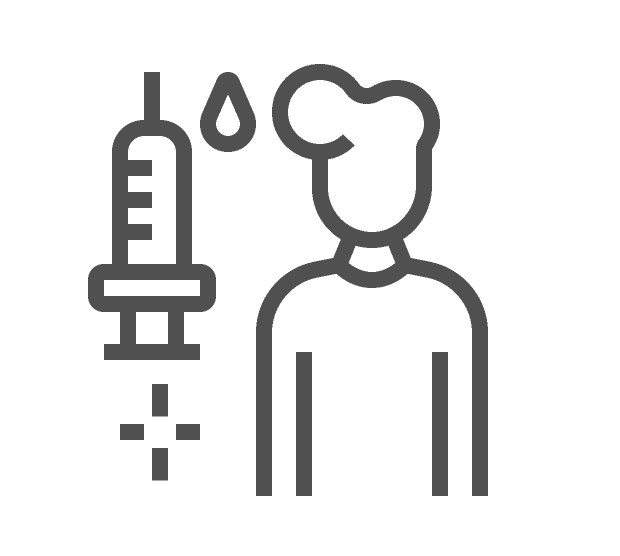
The first successful vaccine to be developed was in 1796 for one of the deadliest human diseases: smallpox. The vaccine was created by Edward Jenner when he noticed that milkmaids who had already suffered from cowpox did not catch smallpox. This led him to realize that introducing a form of the disease to one’s system could protect against the actual virus. Vaccines now have a reputation as one of the safest and best life-saving inventions we use because of the deaths they have prevented, diseases they have nearly eradicated, and the extensive monitoring and testing that goes behind making one. Disease like smallpox, diphtheria, yellow fever, measles, mumps, whooping cough, polio, and other diseases have been minimized or almost eradicated because of the development of vaccines.
Despite vaccines being made to save people from preventable diseases, many rumours circulate around the validity of such vaccines and whether they truly save the lives they claim. When someone dies after receiving a vaccine, people of course question whether it was the vaccine that caused it. In fact, many studies have supported the safety of vaccines and it is found that while adverse effects from vaccines (sometimes death) do occur, they are exceedingly rare. It is only because of the high volume of use for vaccines that these coincidental adverse effects happen. However, it is worth looking into these rare cases.
According to the 2015 study “Deaths following vaccination: What does the evidence show?” the cases where a risk of death does occur after vaccination includes anaphylaxis (allergic reaction), vaccine strain infection to immunocompromised folk, syncope (fainting) related injuries after vaccination, Guillain-Barre syndrome from an inactivated Influenza shot, and other post-vaccine complications. While side effects have been known to occur after vaccination, it is noted in the study that making general statements about vaccines causing deaths is not a valid medical practice.
Vaccines save thousands of people from preventable human diseases each year and are one of the biggest strides of modern medicine. Despite this, many people are apprehensive about taking vaccines because of adverse side effects or fear of death or further harm—and these anxieties are not completely unfounded. For instance, an incident in 1955 called the “Cutter Incident” became known as “one of the worst pharmaceutical disasters in US history.” A flaw in the Salk polio vaccine making process at Cutter Laboratories led to a production of what was originally thought to be an inactivated vaccine but ended up containing the actual disease it was supposed to prevent. As a result, in 40,000 cases of polio, 51 cases ended up with permanent paralysis and five deaths were recorded in vaccinated individuals. Another 113 cases of paralysis and five more deaths were noted among people with contact to those who were vaccinated. As big of a disaster as this was, this isolated incident was what pushed pharmaceutical companies and governments for more extensive testing, monitoring, and regulation for vaccines. Furthermore, while it is minimal, there is still a risk of death with some vaccines—namely the smallpox vaccine which based on historical data is about one death per million people receiving the first round of inoculations. This number decreases to one death per four million people receiving a second dose, according to the 2015 study.
For the smallpox vaccine, deaths have also been known to happen among non-vaccinated people who have had contact with the vaccination site of a vaccinated person. Smallpox vaccinations of pregnant women can also increase the risk of fetal infection which causes stillbirths or infant death, according to the same study. While deaths and adverse side effects caused by vaccines are still incredibly rare, that is not to say that they don’t happen at all or that the issue should not be discussed. However, health care providers can decrease this risk by properly screening for precautions and with a 15-minute waiting period after patients receive a vaccine to reduce the risk of fall-related injuries or syncope. The establishment of The Vaccine Adverse Event Reporting System (VAERS) in 1990 allows people to report medical events following vaccines. The program has helped to identify adverse events with vaccines such as an intestinal problem after the first rotavirus vaccine was introduced and other neurological and gastrointestinal diseases related to yellow fever.
COVID VACCINES IN CANADA
The effects on pregnant and breastfeeding women are unknown as those groups were left out of the clinical trials.
Despite the quick rollout of the COVID-19 vaccines, the testing and development phase of a vaccine is usually a long and arduous process. According to Wellcome Trust, a research-based charity from the UK, the research phase of a vaccine can take anywhere from two to five years and after that the vaccine is put through extensive testing phases. In total, a vaccine can take up to 10 years to fully develop and cost up to $500 million. Amazingly, the COVID-19 vaccine was developed in less than a year with trials starting in April 2020 for the Pfizer vaccine and later in July for the Moderna vaccine. However, the effects on pregnant and breastfeeding women are unknown as those groups were left out of the clinical trials. The small testing period with this vaccine compared to other vaccines has given many people cause for trepidation when it comes to receiving the COVID-19 vaccine. According to a survey of 2002 Canadians by KPMG, 8 out of 10 Canadians said they would line up to get the vaccine, but only about 50 percent said they feel safe taking it. A quarter of them worry it is not safe but are willing to take the risk to get the economy, and their lives back on track. Health authorities say the benefits outweigh the risks of this vaccine, and Health Canada has weekly reports on the adverse effects of the vaccine with five “serious” reactions out of more than 115,000 administered doses (as of January 1).
The first limited round of vaccinations came to Canada in December of 2020 with health care workers being the first to receive the inoculations. “Between the early doses we have already received, and the shipments now scheduled, we’re on track to have at least 1.2-million doses from both Pfizer and Moderna delivered by January 31,” PM Justin Trudeau said in a CBC article. Canada has secured contracts with Pfizer BioNTech for 20-million doses and 40-million doses for Moderna by the end of 2021.
MODERNA VS PFIZER
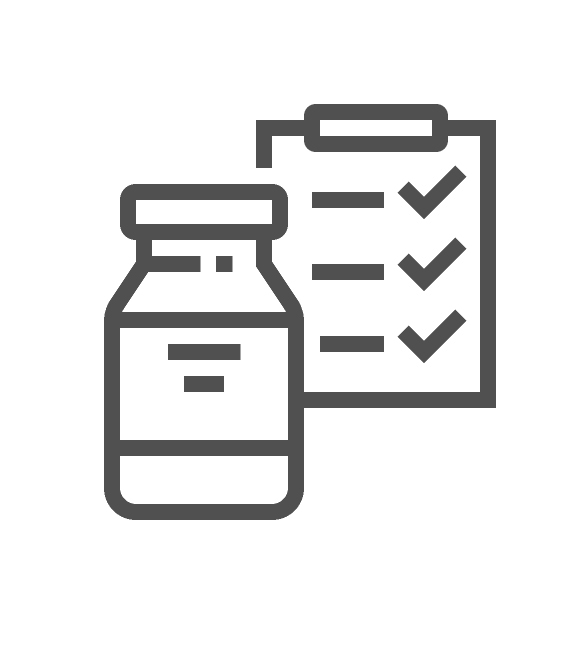
So, if you are part of the population that decides you want to take the vaccine, all that’s left is to decide which one to take. What’s the real difference between the two? Health Canada authorized Moderna as a vaccine after analyzing the phase three trial results which tested the vaccine on 30,000 people in the US. Half of the study group received the vaccine while the other half received a placebo and was found to be 94.1 percent effective in participants with no prior exposure to COVID-19 and nearly 87 percent effective in people over 65 years old. Although, Health Canada warns people to make sure they are not allergic to ingredients before taking the vaccine and does not recommend it for people who currently have symptoms of the virus. Both vaccines work by using mRNA technology which directs cells to produce proteins triggering an immune response to prevent or fight the virus, and both require two doses—a primer and a booster shot—taken a month apart.
The Pfizer vaccine is for people as young as 16 years old has shown to be about 95 percent efficient at preventing symptomatic COVID-19 infection while Moderna, for people 18 and up, sits at 94.1 percent effective and effectiveness is lowered when the person receiving the vaccine is over 65. It is still unclear whether the vaccines prevent asymptomatic infection or if vaccinated people can still transmit the virus if they are infected but show no symptoms. Pfizer contains 30 micrograms of the vaccine while Moderna is 100 micrograms, meaning it is more potent per dose, yet less effective than Pfizer. Pfizer has also been under scrutiny lately as allergic reactions have been reported with the vaccine that were not seen during the clinal trial phase. Furthermore, in Norway, the medicines agency has reported that 29 people have suffered side effects such as fever or frailness resulting in 13 deaths. All of the deaths were with people over 80 and living in care homes.
Vaccines are extensively tested to ensure safety for people who take them. Of course, with a smaller testing period compared to other vaccines (10 years compared to less than a year) it’s no surprise that people are feeling hesitant about taking the COVID-19 vaccine. As of now, it is unclear what the long-term effects of the COVID-19 vaccines could be since it’s only been in use for less than a year. However, health authorities tell us that the short-term effect is inoculation towards the coronavirus. If someone does decide they should take it, caution should be taken by those who are pregnant or breastfeeding, currently have COVID-19 symptoms, or those who are allergic to the vaccine’s ingredients.
